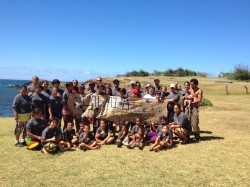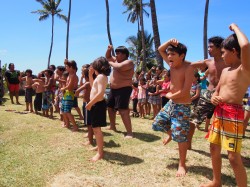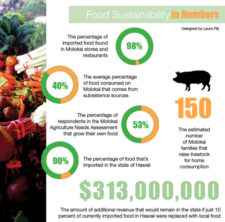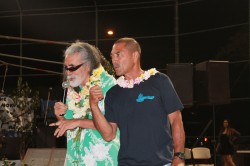Fruit Growers Molokai Mini-Conference
HTFG News Release
The 24th Annual Hawaii International Tropical Fruit Conference is September 12-14 at the Kahili Golf Course on Maui. Geared to farmers, educators, orchard managers and proponents of sustainable agriculture, the weeklong event is presented by the statewide Hawaii Tropical Fruit Growers (HTFG) and open to the public.
The annual gathering continues September 15-19 with abbreviated sessions on Molokai, Oahu, Kauai, Hilo and Kona. Molokai’s inaugural mini-conference is Monday, Sept. 15 to accommodate a growing, active chapter on The Friendly Isle.
The Maui conference is titled “It’s All About Production” and offers a variety of breakout sessions, plus visiting researchers and agro experts.…














